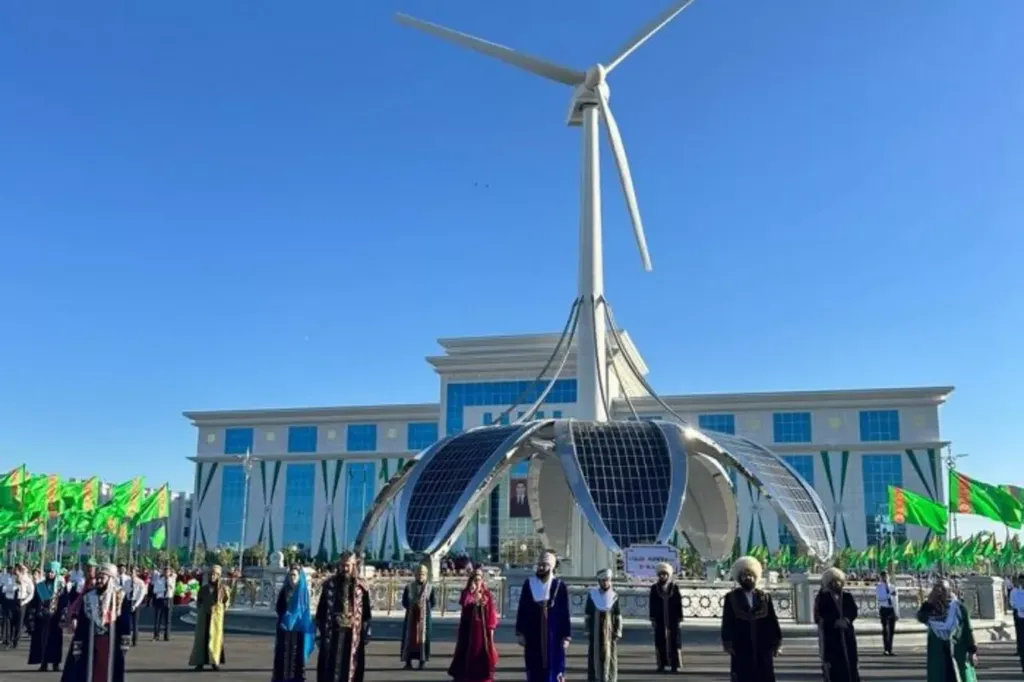In the heart of Ashgabat, Turkmenistan, a groundbreaking study led by Hydyr Saparliev at the Turkmen State Architecture and Construction Institute is set to reshape our understanding of stress fields near earthquake epicenters. The research, published in the International Journal for Computational Civil and Structural Engineering, delves into the intricate dynamics of stress fields during seismic events, offering critical insights that could revolutionize the design of underground structures, particularly in the energy sector.
Saparliev and his team have derived closed-form expressions for stress fields, revealing phenomena that could be pivotal for seismic protection. “Our analysis shows infinite peaks in both pressure and the second stress invariant at the arrival of Rayleigh waves on the free surface,” Saparliev explains. This discovery is a game-changer, as it highlights the need for robust design considerations to mitigate the impact of these stress peaks on underground infrastructure.
One of the most compelling findings is the presence of finite values of stress invariant fields at any undersurface points. This suggests that, while the surface experiences extreme stress, the subsurface remains relatively stable. “This could significantly influence how we design and construct underground facilities, especially in seismic zones,” Saparliev notes. The research also uncovers an infinite peak in the displacement magnitude, further emphasizing the need for advanced seismic protection measures.
The implications for the energy sector are profound. Underground structures, such as oil and gas storage facilities, pipelines, and nuclear waste repositories, are critical components of the energy infrastructure. Ensuring their safety during seismic events is paramount. Saparliev’s findings provide a scientific basis for developing more resilient designs, potentially saving billions in damages and preventing environmental catastrophes.
The study also sheds light on the behavior of bulk waves and the von Mises equivalent stress, which are crucial for understanding material failure under seismic loads. The concept of plastic dissipation energy is another key area explored, offering insights into how energy is dissipated during earthquakes and how this can be harnessed to improve structural integrity.
As the world grapples with the challenges of climate change and the need for sustainable energy solutions, the research by Saparliev and his team comes at a crucial time. Their work not only advances our scientific understanding but also paves the way for practical applications that can enhance the safety and efficiency of underground structures in the energy sector.
In the words of Saparliev, “This research is a stepping stone towards a future where our underground infrastructure is not just resilient but also sustainable.” As the energy sector continues to evolve, the insights from this study will undoubtedly play a pivotal role in shaping the future of seismic protection and design.

